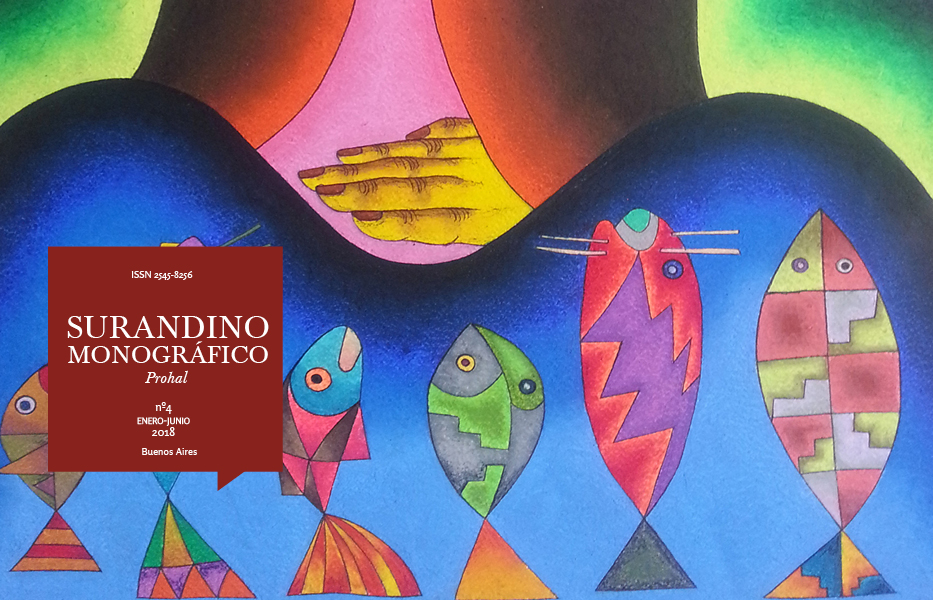¿Por qué la mano izquierda? Fenómenos de pareidolia en Socaire, Norte de Chile
Keywords:
ethnoastronomy, pareidolia, northern Chile
Abstract
We present results of the study of agricultural calendar and a possible ceque system in the Atacama native community of Socaire, northern Chile. From ethnoastronomy, we analyze the phenomena of pareidolia linked to sky watching and representation of local topography. The results show the existence of a line system, similar to the ceques of Cuzco, which spatio-temporally organizes the main agricultural and ritual activities. We expose archaeological evidence to support the hypothesis of pre-Hispanic mountain worship, as well as geometrical and mathematical indigenous elements, related to the use of human body and the concept of landscape. Comparative study allows us to identify the existence of psychological patterns, not only to recognize “stars, constellations and topo-shapes”, but also to explain myths and cosmogonies in the context of cultural astronomy.
How to Cite
Moyano, R., Bustamante, P., & Valenzuela, A. (1). ¿Por qué la mano izquierda? Fenómenos de pareidolia en Socaire, Norte de Chile. Surandino Monográfico, (4), 1-22. Retrieved from http://revistascientificas.filo.uba.ar/index.php/surandino/article/view/5632
Issue
Section
Artículos





